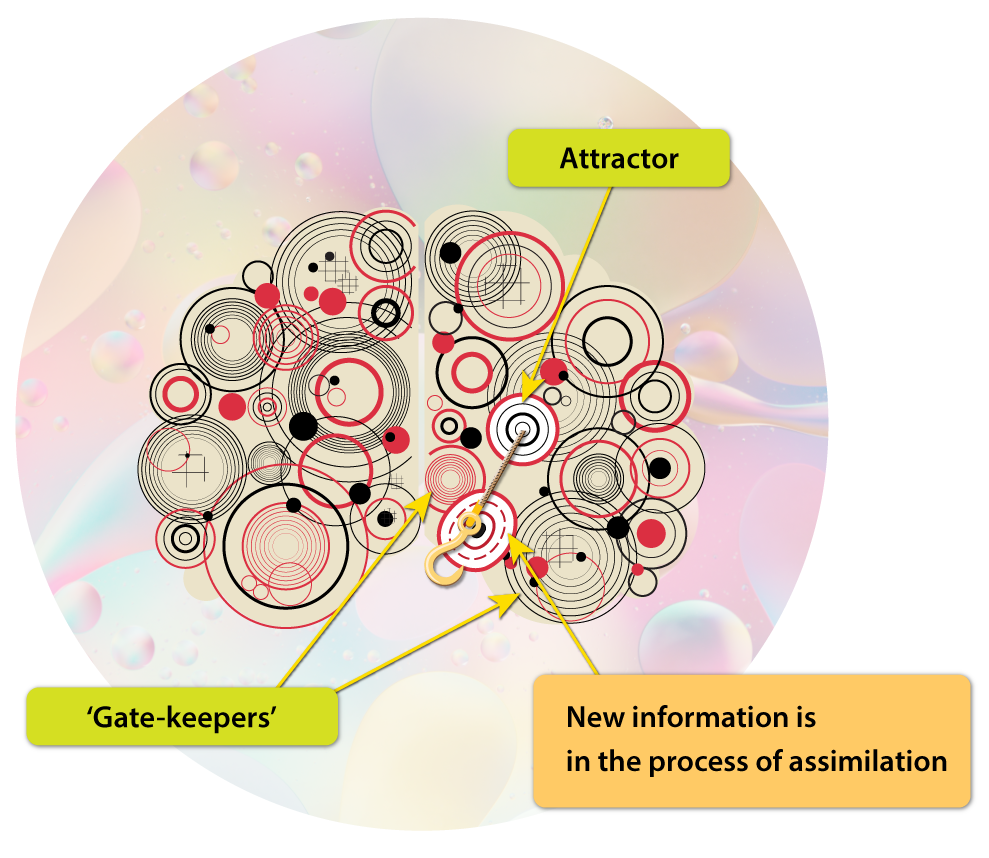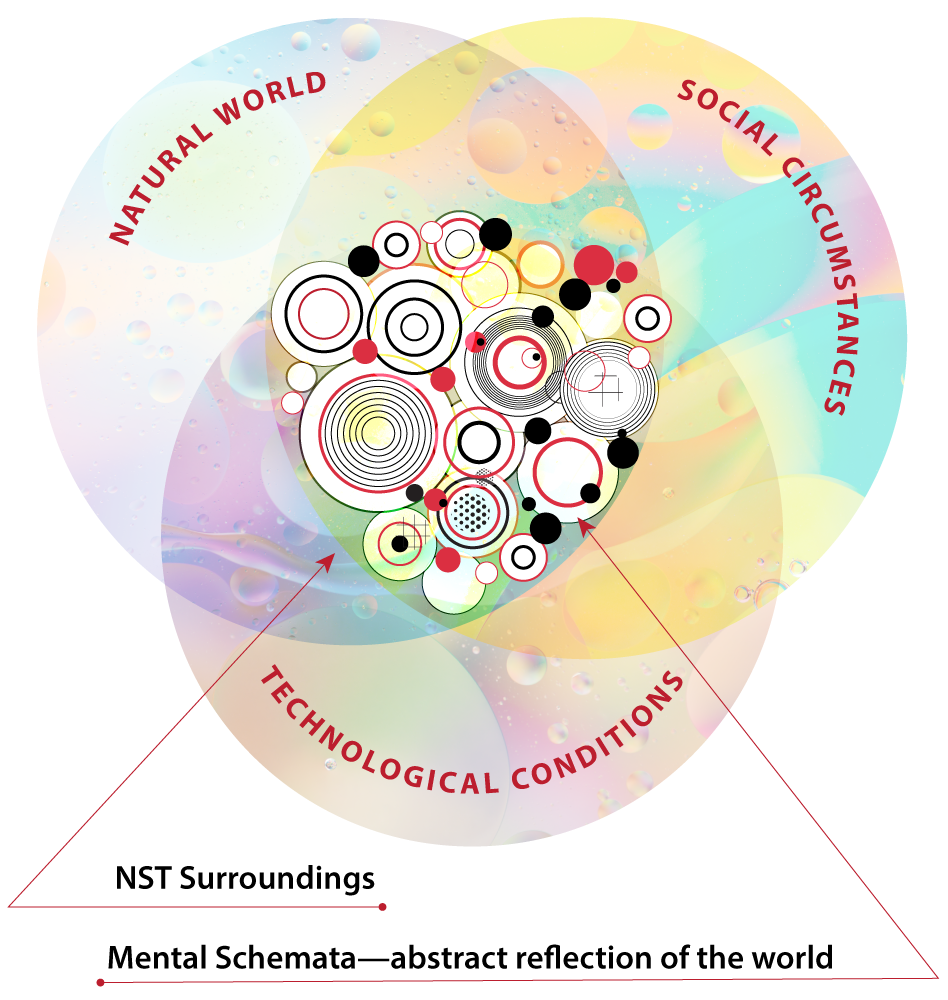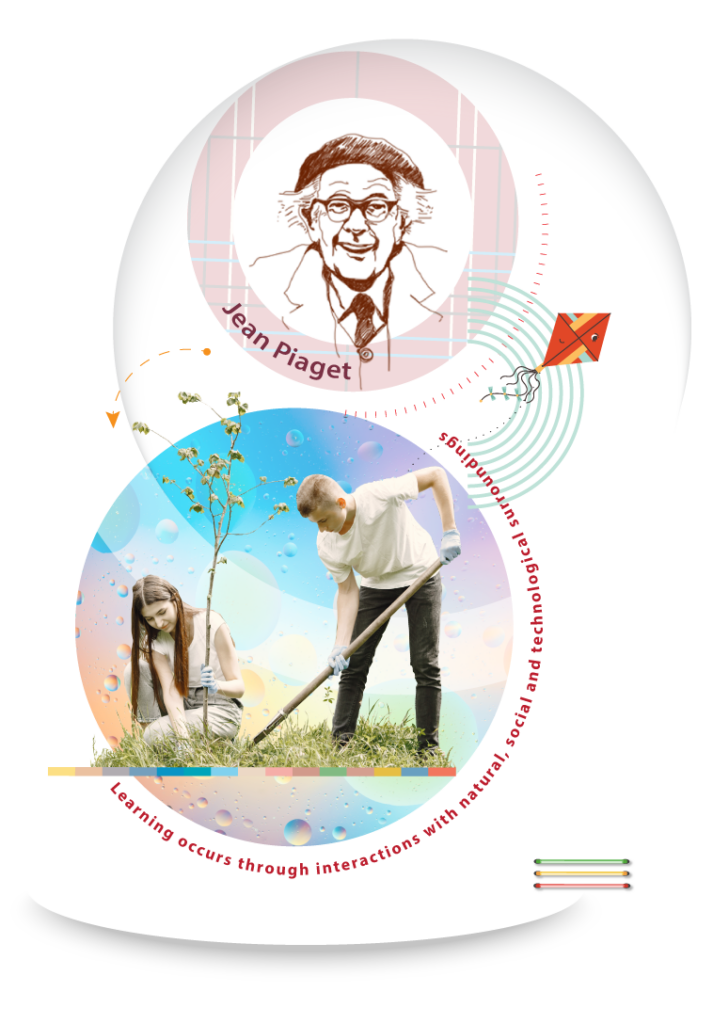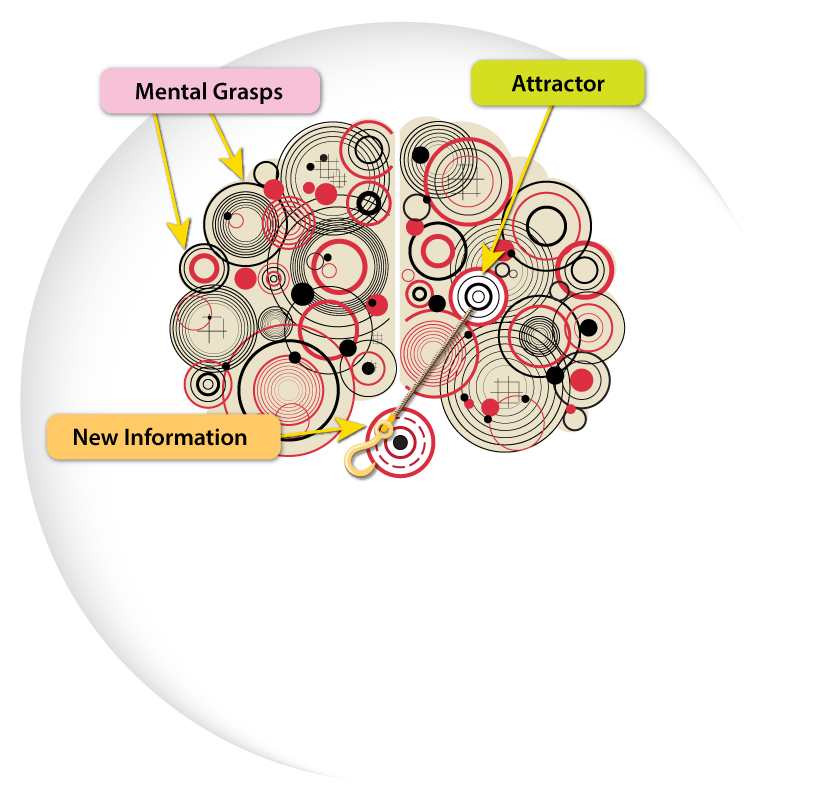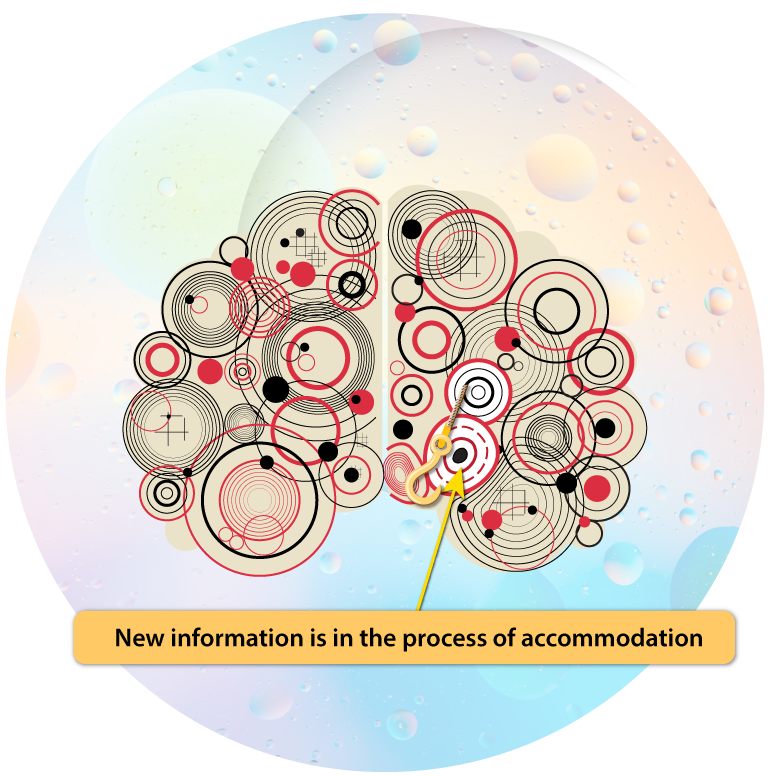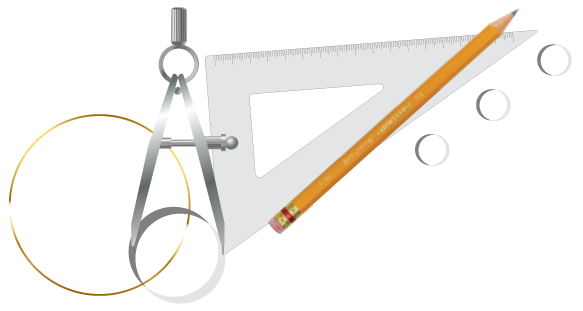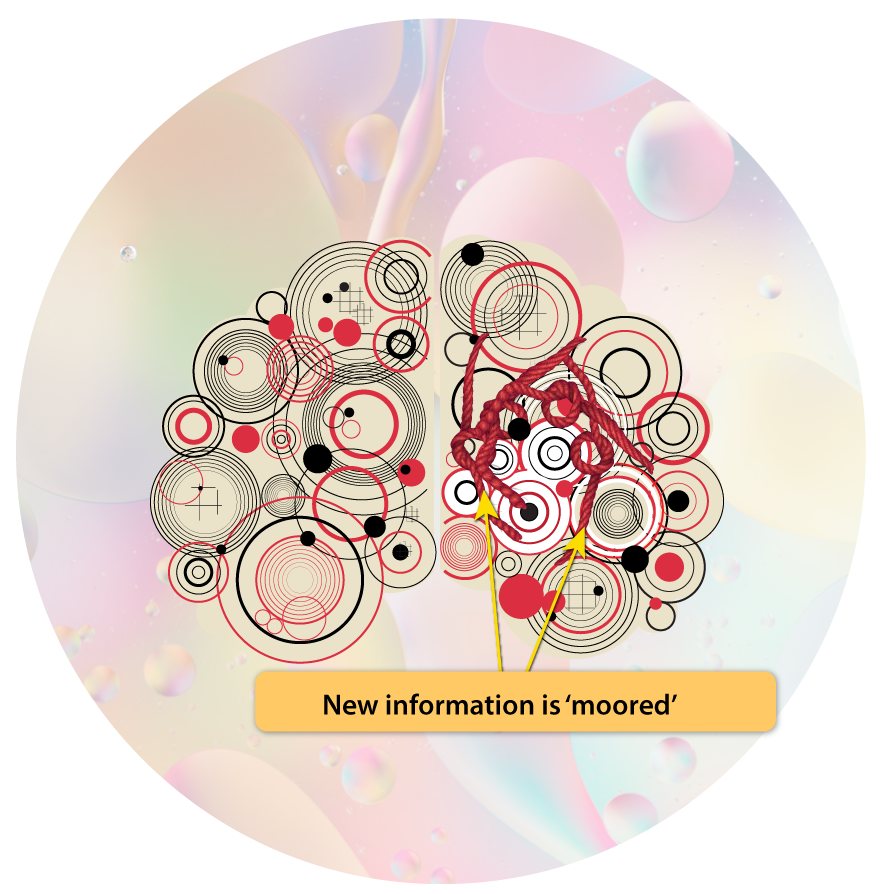Jean Piaget’s theory of cognitive adaptation is the central psychological mechanism in the R@W learning process. It derives from a fusion of three other theoretical dimensions which we have looked at on the Theoretical Framework page, and completes the theoretical foundation of the model.
In Piaget’s theory of cognitive adaptation, individualization is promoted by placing an individual learner center stage in acquiring his or her knowledge. Each individual has characteristics that vary from those of others. Given positive conditions for their development, these individual variations are foundational for the development of the learner’s individual agency.
Systems thinking helps us to see an individual learner as a unique psychological system characterized by its own ‘jagged profile’. The learner interacts with the larger natural, social, and technological (NST) aspects of the surroundings. As a result of these interactions, individuals figure out how their differences can work best for them in their NST surroundings.
Feedback loops are a strategic device that enables learners to turn their jagged individual profiles into a system of effective interactions with the NST surroundings. It allows them to critically reflect on their actions and take control of the next steps by adjusting them according to their evaluations of previous steps. And this becomes a strategy for designing an individual repertoire of knowledge and skills, which in turn leads to the development of individual agency and ultimately self-realization.
These three theoretical aspects—individual agency, systemic thinking, and feedback loops—now have to be examined in the context of cognitive structures or, as Piaget defined them, mental schemata.
